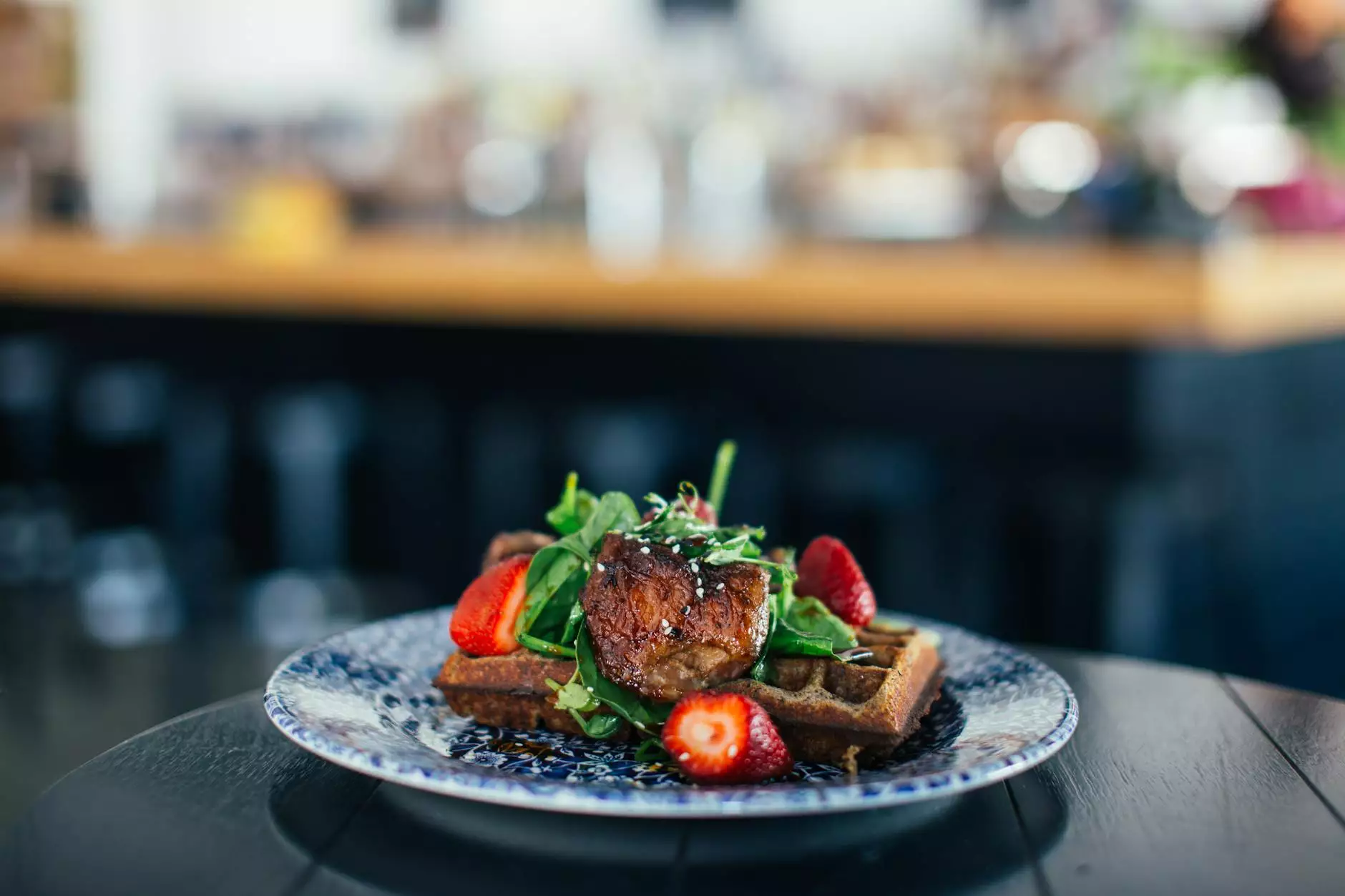Understanding Beef Cuts of Meat: A Comprehensive Guide

Beef cuts of meat are integral to culinary traditions around the world. Whether you're a gourmet chef or a home cook, knowing the nuances of different beef cuts can elevate your cooking game. This extensive guide will delve into the varieties of beef cuts, how they are utilized in cooking, and what makes each cut unique.
1. What Are Beef Cuts of Meat?
The term beef cuts of meat refers to different portions of beef that come from various parts of a cow. Each cut has distinct qualities, flavors, and textures that can dramatically influence your dishes. Understanding these cuts allows for better meal planning, optimizing flavor profiles and cooking techniques.
2. The Anatomy of Beef Cuts
Cows are generally divided into several sections, which correspond to various beef cuts. Each section includes specific cuts that have particular characteristics. Understanding cow anatomy is essential for grasping the differences between these cuts:
- Chuck: Located near the neck and shoulder, this area is known for its rich flavor and tenderness when slowly cooked.
- Rib: The rib section offers some of the most popular cuts, including ribeye and prime rib, known for their marbled fat, tenderness, and rich taste.
- Loin: This area is divided into the short loin and sirloin, providing tender cuts like T-bone and porterhouse steaks.
- Round: Located at the rear of the cow, this section contains lean cuts that are generally less tender, such as round steaks and roasts.
- Brisket: This cut comes from the chest and is renowned for its bold flavor and tenderness when smoked or braised.
- Flank: A lean and flavorful cut, the flank is perfect for marinades and quick cooking methods.
- Short Plate: Known for flavorful cuts such as skirt steak, ideal for grilling and fajitas.
3. Popular Beef Cuts of Meat
Here is a closer look at some of the most sought-after beef cuts of meat and their ideal cooking methods:
3.1 Ribeye Steak
The ribeye steak is prized for its marbling, which provides incredible flavor and juiciness. It's perfect for grilling or pan-searing, and it's often served as a main dish with minimal seasoning to highlight its natural taste.
3.2 Tenderloin
One of the most tender cuts of beef, the tenderloin is often used for filet mignon. This cut is light in flavor and best cooked quickly over high heat, making it ideal for pan-searing or grilling.
3.3 Sirloin
Sirloin steaks are versatile and can be grilled, broiled, or sautéed. They deliver a robust beef flavor, making them a favorite among meat lovers.
3.4 Brisket
Brisket is often associated with barbecue and slow cooking. When prepared correctly, it becomes tender and flavorful, making it perfect for sandwiches or served with sides.
3.5 Flank Steak
This cut is lean and flavorful but can be tough if overcooked. It's great for marinades and can be grilled or pan-seared quickly while sliced against the grain to ensure tenderness.
4. Choosing the Right Beef Cut for Your Meal
When it comes to selecting the perfect beef cuts of meat for your cooking needs, consider the following factors:
- Cooking Method: Different cuts are suited for different cooking methods. Tougher cuts benefit from slow cooking, while tender cuts excel in quick, high-heat preparations.
- Flavor Profile: If you prefer bold flavors, choices like brisket or ribeye are excellent. For a milder taste, leaner cuts like tenderloin or sirloin work well.
- Budget: Some cuts are more expensive than others. Consider your budget while still aiming for quality; sometimes less costly cuts can be marinated and cooked to perfection.
5. Cooking Techniques for Different Beef Cuts
Understanding how to cook different beef cuts of meat properly can make a significant difference in your meal. Here are some essential cooking techniques:
5.1 Grilling
Grilling is one of the most popular techniques for cooking beef. Cuts like ribeye, sirloin, and flank are ideal for this method. A hot grill sears the meat, locking in flavor and juiciness.
5.2 Roasting
Roasting is perfect for larger cuts such as brisket and tenderloin. This method generally requires low and slow cooking for incredible tenderness.
5.3 Braising
Braising is a technique that combines cooking liquids with low heat for long periods. This is particularly effective for tough cuts like chuck or brisket, transforming them into melt-in-your-mouth creations.
5.4 Stir-Frying
Thinly sliced flank or sirloin works wonderfully in stir-fry dishes. Quick cooking at high heat helps retain the meat's juices and flavors.
6. The Importance of Meat Quality
When selecting beef cuts of meat, the quality of the meat matters immensely. Look for:
- Marbling: This refers to the fat interspersed within the muscle, which enhances flavor and tenderness.
- Color: High-quality beef should have a bright red color, showing freshness.
- Grain: The grain is the direction of the muscle fibers, influencing tenderness. Cut against the grain to ensure a more tender bite.
7. Storing and Preparing Beef Cuts
Correct storage and preparation are crucial for preserving the quality of beef cuts of meat
7.1 Storage Guidelines
Store beef in the coldest part of your refrigerator, ideally between 28 to 32 degrees Fahrenheit. Keep it wrapped tightly in its original packaging, or re-wrap it in plastic wrap or foil before refrigerating for longer periods.
7.2 Preparation Tips
Before cooking, bring your beef cuts to room temperature. This helps to ensure even cooking. Additionally, always let your beef rest after cooking to allow the juices to redistribute.
8. Final Thoughts on Beef Cuts of Meat
Understanding the various beef cuts of meat is essential for any cooking enthusiast. With this knowledge, you can choose the right cut for any occasion, optimize your cooking techniques, and ultimately create exquisite meals that are sure to impress. Don’t hesitate to experiment with different cuts and cooking styles—your palate will thank you!
If you're looking for high-quality beef cuts, consider visiting frimsa-ar.com, a reputable provider of imported food and meat products. They offer a wide selection of beef cuts that cater to every culinary need.









